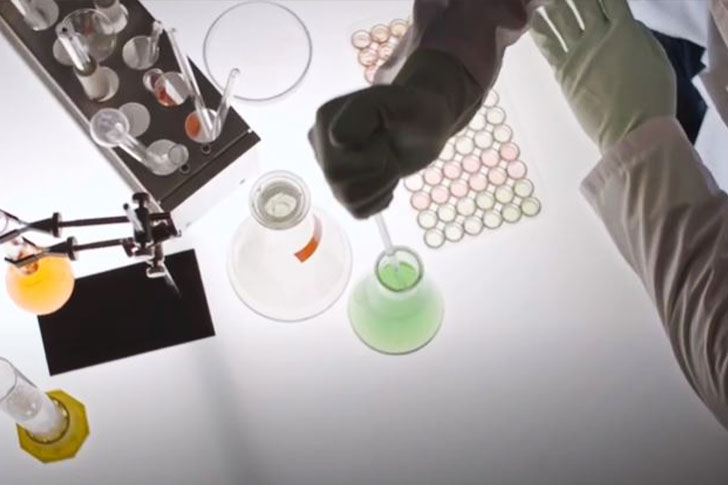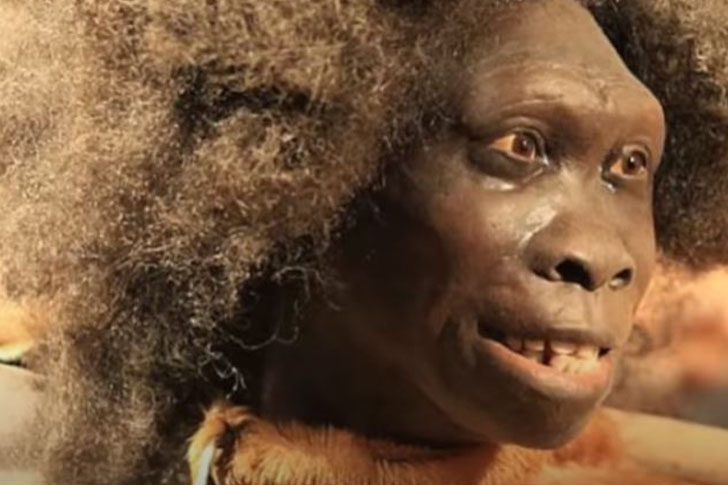More on interbreeding

Having said that, it has everything to do with DNA. To give you a clearer picture, a mule is the offspring of a horse, which has a total of 64 chromosomes, mating with a donkey, which only has 62. So, the offspring of these two animals end up having 63 chromosomes, which is an odd number. Scientifically speaking, this has consequences. As you may have learned from your online classes, the mechanics of sexual reproduction require a sperm and an egg to each contain 50% of chromosomes.
The non-even number would then mean that the creature has a “defective” DNA – one that restricts it from reproducing further. However, some primate species, such as orangutans and gorillas, share the same numbers of chromosomes. Some scientists have theorized, then, that it could enable them to give birth to healthy offspring. There’s also evidence that chimpanzees and bonobos have interbred at some points throughout their history.

